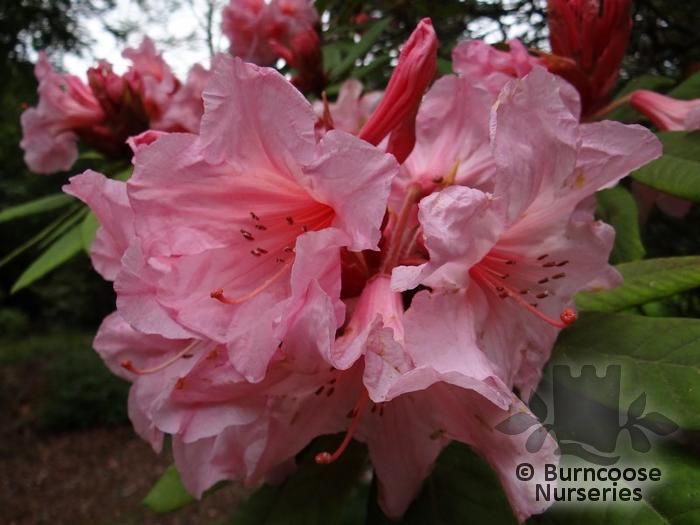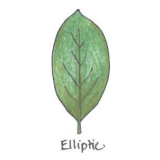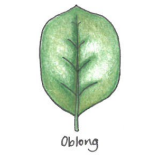Plants by mail order since 1984, over 4100 plants online today
Nursery & Gardens open: Mon - Sat 8:30 - 17:00 & Sun 10:00 - 16:00
Pop up café: open weather dependent
- Shop Now
- Burncoose Specialities
- This Month
- Offers & Promotions
- RHS Chelsea Flower Show 2024
- 40 years at Burncoose
- Engage With Us
- Information, Help & Advice
- About Us & Our Services
- Terms & Conditions
- Log In / Register
RHODODENDRON 'Aladdin'
RHODODENDRON HYBRIDS
Large pale salmon-pink flowers with darker throat. Late flowering.
Further Reading....
-
EvergreenNarrow, sharply pointed leaves to 18cm (7in) long, covered with dense, short hairs
-
 Height10m (33ft)
Height10m (33ft) -
 Spread10m (33ft)
Spread10m (33ft) -
Tall ShrubOpen, leggy habit. Produces openly funnel-shaped flowers to 11.5cm (4½in) across in loose trusses of about 14
-
 Hardy - cold winterHardy in most places throughout the UK even in severe winters. May not withstand open/exposed sites or central/northern locations. Plant can withstand temperatures down to -15°C (5°F)
Hardy - cold winterHardy in most places throughout the UK even in severe winters. May not withstand open/exposed sites or central/northern locations. Plant can withstand temperatures down to -15°C (5°F) -
 Full sunShelter from strong winds
Full sunShelter from strong winds -
 Partial shade
Partial shade
RHODODENDRON 'Aladdin'
- Details
- Description
- Mature Size
- Tips and Advice
- Goes Well With
- Planting Combinations
- Other Suggestions
- See Also...
-
Additional Features
 Burncoose specialitySee Burncoose Speciality group for more details
Burncoose specialitySee Burncoose Speciality group for more details Good to knowR. griersonianum x R. auriculatum. Shallow planting is essential. Improved by pruning
Good to knowR. griersonianum x R. auriculatum. Shallow planting is essential. Improved by pruning Pests & DiseasesVine weevils, scale, honey fungus, powdery mildew, bud blast
Pests & DiseasesVine weevils, scale, honey fungus, powdery mildew, bud blast Place of originGarden origin
Place of originGarden origin -
Burncoose SpecialitiesRhododendrons
-
Core PlantsRhododendron
-
Flower ShapeTrumpet
-
HardinessFully hardy
-
Leaf margin
 Entire
Entire(see photos above) -
Leaf shape
 Elliptic
Elliptic(see photos above)  Oblong
Oblong(see photos above) -
Pruning group
 Pruning group 5Suitable for: Evergreen shrubs that require minimal pruning.
Pruning group 5Suitable for: Evergreen shrubs that require minimal pruning.
Action: Trim or lightly cut back shoots that spoil symmetry. Deadhead regularly.
When: Annually after flowering.
-
Seasonal InterestSpringSummer
-
Soil ConditionsAcid / ericaceous lovingIdeally pH 4.5-6.0Fertile moist well-drained soilHumus-richNeutral to acid soil
-
Toxic - Category C
 Harmful if eatenPeople and pets, i.e. cats, dogs, rabbits, rodents, tortoises
Harmful if eatenPeople and pets, i.e. cats, dogs, rabbits, rodents, tortoises -
WildlifeRabbit Resistant
Jan
Feb
Mar
Apr
May
Jun
Jul
Aug
Sep
Oct
Nov
Dec
Rhododendron - Video Spotlights
- R. augustinii, edgeworthii x leucaspis, 'Anne Teese', loderi 'King George' - Video Tip ondemand_video
- Rhododendron 'Cilpinense' - Video Tip ondemand_video
- Rhododendron decorum (pink form) - Video Tip ondemand_video
- Rhododendron genestrianum - Video Tip ondemand_video
- Five late flowering rhodies - Video Tip ondemand_video
- R. loderi 'King George' - Video Tip ondemand_video
- R. niveum - Video Tip ondemand_video
- R. 'Ostara' - Video Tip ondemand_video
- Rhododendron ‘Pink Polar Bear’ - Video Tip ondemand_video
- Scented Rhododendrons - Video Tip ondemand_video
|
10m (33ft)
|

|

|
|
10m (33ft) |
Useful extras...
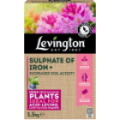
Fertilisers & Feeds - Levington
Sulphate of Iron
Boosts soil acidity.
Feeds ericaceous plants and helps prevent moss.
Corrects leaf yellowing caused by iron deficiency.
Easy to use, low dust granules
Only £11.00

Fertilisers & Feeds - Vitax
Q4 Pelleted Fertiliser
A useful fertiliser suitable for use on a wide variety of plants. Q4 provides all the nutrients and trace elements essential for vigorous growth, abundant flowering and ripening of fruit.
3 options from £6.00
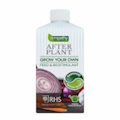
Fertilisers & Feeds - Empathy
Afterplant - Grow Your Own
AFTER PLANT GROW YOUR OWN seaweed is ready to use liquid concentrate that was specially formulated be used on all edible plants.
Only £8.00

Fertilisers & Feeds - Empathy
Afterplant - Tomatoes
AFTER PLANT TOMATO FEED Liquid Concentrate with Bio stimulant is a high potash liquid concentrate containing seaweed extract, plant derived amino acids and other nutrients specifically formulated to benefit tomatoes and greenhouse plants.
Only £8.00
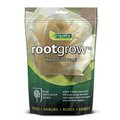
Fertilisers & Feeds - Empathy
Rootgrow mycorrhizal fungi
Recommended by the RHS. Contains Rootgrow™ mycorrhizal fungi. Suitable for all trees and shrubs (except rhododendrons, azaleas, heathers, cranberries and blueberries)
3 options from £3.00

Fertilisers & Feeds - Empathy
Rootgrow Ericoid mycorrhizal fungi
This specially adapted Rootgrow™ mycorrhizal fungi will boost the growth of acid-loving plants like rhododendrons, azaleas, heathers and blueberries.
It contains ericoid and arbuscular mycorrhizal fungi, which are found in poor acidic soils where ericaceous plants naturally grow.
Only £7.50


